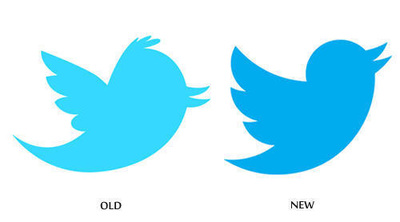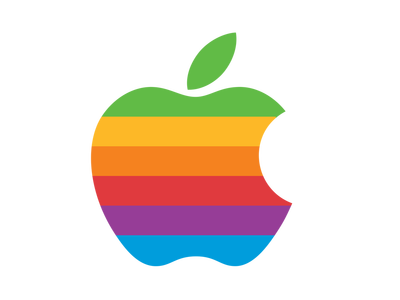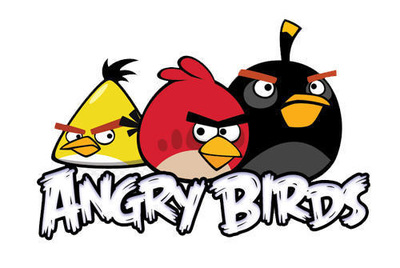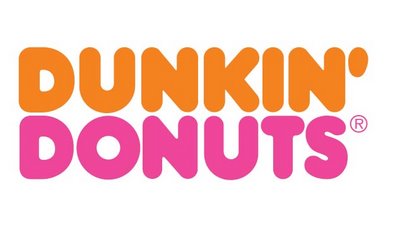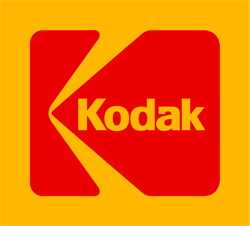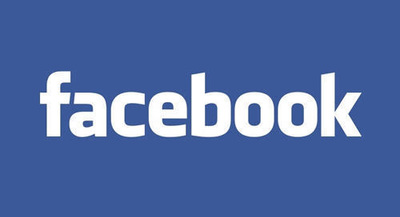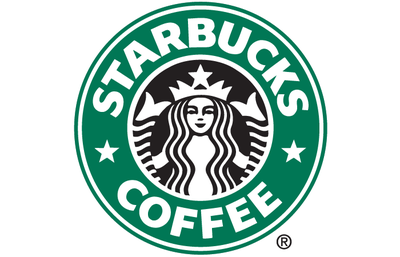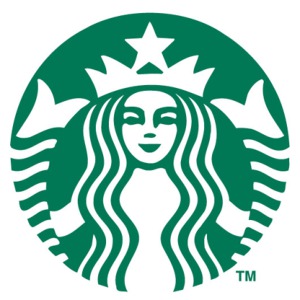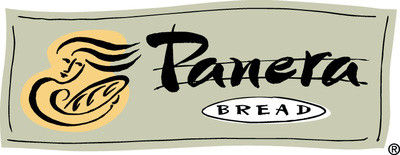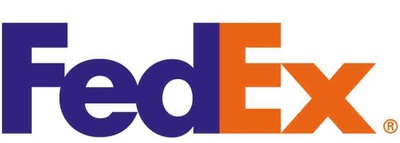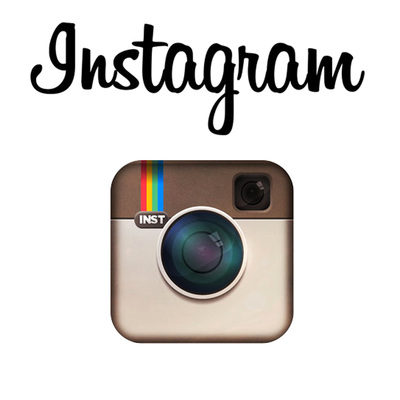CH 5
Essential Questions- Graphic Design: Logos & Poster Design
Essential Questions & Big Ideas
The student will understand that:
typography
symbol
corporate identity
branding
marketing
- Who am I and what do I value?
- How does a logo illustrate my identity as an artist, athlete, person?
- What role does typography play in logo design?
- What role does composition play in creating a logo?
- How can digital painting and illustration techniques enhance and transform a logo?
- What is branding (commercial)
- How do designers put all the elements together in a unique poster?
The student will understand that:
- A quality work of art starts with the interpretation of the 3 C's.
- Developing an awareness of the elements and principles of art can greatly improve and effect artwork.
- There is a long and rich history of graphic design.
- Multiple layers of information can be interpreted and developed into a digital image.
- Posters are marketing tools used by advertisers to sell their product, service or event
- Logos are visual symbols that represent a business or individual.
typography
symbol
corporate identity
branding
marketing
Part 1: Graphic Design & Logos
Putting It All Together
Graphic Design has a rich and varied history that goes all the way back to the cave paintings at Lascaux, France. The goal of graphic design is to communicate to the public and publicize a product, service or event while using typography, images and the elements and principles of design. This is often done through commercials, advertisements, logos, billboards, websites and more. Watch the embedded video from PBS Off Book Channel on YouTube to learn more.
In this chapter we will be creating logos and posters. Part one will be devoted to learning about logos.
In this chapter we will be creating logos and posters. Part one will be devoted to learning about logos.
Corporate Identity-Logo design:
Businesses spend a lot of time and money developing their public image and identity. Their corporate identity includes many things such as business stationary, websites, commercials, posters, and more, but the biggest part of their identity is their logo. Developing a logo that reflects the mission and values of the company is key to the success of the logo. Logos help the public and the company’s clients recognize the company, the services they offer or the products they sell. Logos are meant to be viewed quickly and be instantly recognized and understood by the customer. The logo needs to look and feel like the company and their brand of business. Watch the embedded video from PBS Off Book YouTube.
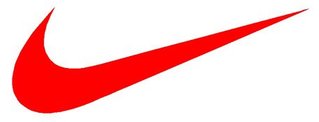
Companies use marketers to research who wants their product or service. Is the client a teen or a child or an adult business person or a mom or an athlete? Knowing the target audience helps the company develop their plan. This plan becomes part of their corporate identity of the company based on this target audience and the service, product or event being sold.
Logos are seen as the symbol of a company. They should stand alone and be easy to read or understand. They should also create a memorable impression on the customer. Logos need to be simplified or stylized so they can be shrunk or enlarged easily. They can be black and white or color. Sometimes companies will have various versions of their logo depending how it is going to be used. Some logos will also include a company slogan. For example, Nike’s logo sometimes has Just Do It posted with or near the logo. Just do it is a slogan written to represent Nike’s mission/message to customers.
Logos are seen as the symbol of a company. They should stand alone and be easy to read or understand. They should also create a memorable impression on the customer. Logos need to be simplified or stylized so they can be shrunk or enlarged easily. They can be black and white or color. Sometimes companies will have various versions of their logo depending how it is going to be used. Some logos will also include a company slogan. For example, Nike’s logo sometimes has Just Do It posted with or near the logo. Just do it is a slogan written to represent Nike’s mission/message to customers.
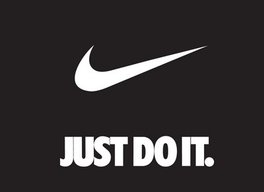
Companies often redesign their logos as time goes by and their brand becomes more recognizable. The Nike logo started out with a typographic representation combined with a symbol. Eventually when Nike became really famous and popular as a brand they dropped the name and kept the swoosh(symbol).
There are 3 types of logo designs:
Symbol
Combination of type and symbol
Symbol
- Often based on shapes
- Usually hand drawn first
- Often abstract or simplified, stylized drawing
- Needs to be simple enough to read well
- Relies on letters and strength of typography design
- Choice of font critical
- Relationship of letters
- May be hand designed or created solely for business. Disney is based on Walt Disney’s actual signature.
Combination of type and symbol
- Picture and word are integrated in some way
- New businesses may opt for this and later drop the title/word
- Font is important, but so is image
- Yes Fed Ex has a picture in it! Can you find it?
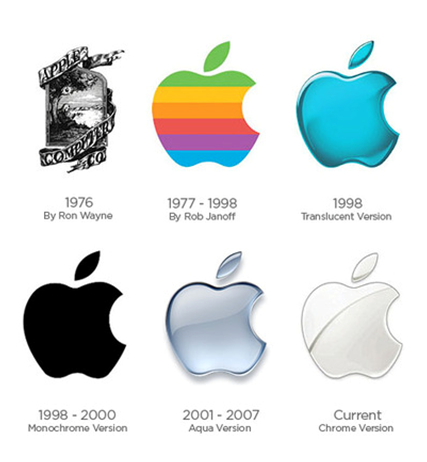
Sometimes logos will evolve with the company and the look and feel of the times. Apple is a great example of a symbol logo that has transformed over time to reflect what is popular in terms of look and feel. Logos can really express a lot of different ideas and often have hidden symbols or meanings within them.
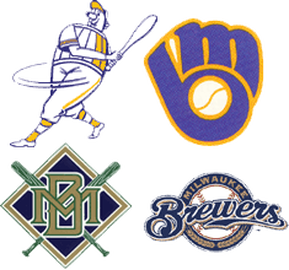
Sometimes the logo needs to evolve because the times and fashions of the times have changed. The Milwaukee Brewers have gone through a variety of changes of the years. Each logo reflects the historical time period and look and feel the team hopes to portray, although some argue that the ball and glove logo is their best version of the logo.
Research
Use the following websites to research 3 logos, one of each kind: symbol only, type only, symbol + type.
http://famouslogos.net
http://goodlogo.com
Do not use any of the logos that I’ve already included in this chapter.
Create a Google Doc named: yourname-graphic design research. Post each of the three images of the logos you found and describe a bit of the history of the logo’s design telling the following:
Learning Target: Create a personal logo that represents you, your beliefs, values and/or personality. Connect to your life and the things you value, believe in and participate in.
There are many directions you can go with this project.
Use Sketchbook Pro or Adobe Photoshop Touch or Adobe Illustrator Draw to do your design. You can also try using Pages (which is like Word). If you wish to include an image it must be drawn, but you can base it on a photo. Remember that you can bring a photo in as a layer and draw on top of it and then throw the photo layer away.
Name your thumbnails yourname-logo thumbs.jpg and turn into the CH 5 Thumbnail folder in Google Drive for your class.
Conference with your teacher explaining your thumbnails, the concept and the composition and type of logo you are planning. Then you can get started on your actual logo design using any of the apps listed in this chapter or above. Pick one you feel comfortable using or try something new to learn more. The choice is yours. The final version of your logo should be saved as a jpg file. Name this: last name-firstname-final logo.jpg
http://famouslogos.net
http://goodlogo.com
Do not use any of the logos that I’ve already included in this chapter.
Create a Google Doc named: yourname-graphic design research. Post each of the three images of the logos you found and describe a bit of the history of the logo’s design telling the following:
- What company is the logo for?
- What product or service does it advertise?
- What type of logo is it? (symbol, typography or combo)
- Why do you think this is a good type of logo choice for the company and product/service?
- What is the feeling of this logo? (young, powerful, silly, fast etc.) How does this feeling or mood help to advertise and highlight the company?
Learning Target: Create a personal logo that represents you, your beliefs, values and/or personality. Connect to your life and the things you value, believe in and participate in.
There are many directions you can go with this project.
- You could imagine your future self and develop a logo for your future business or career.
- You could imagine a business that you’d like to own or run in the future or that you currently do and design a logo for that.
- If you are religious and involved in your church you could design a logo that represents those beliefs and values.
- If you have a special talent, dancer, author, artist, athlete, singer you could design a logo that reflects that.
- Don’t see anything here? Try coming up with your own interpretation of a personal logo.
Use Sketchbook Pro or Adobe Photoshop Touch or Adobe Illustrator Draw to do your design. You can also try using Pages (which is like Word). If you wish to include an image it must be drawn, but you can base it on a photo. Remember that you can bring a photo in as a layer and draw on top of it and then throw the photo layer away.
Name your thumbnails yourname-logo thumbs.jpg and turn into the CH 5 Thumbnail folder in Google Drive for your class.
Conference with your teacher explaining your thumbnails, the concept and the composition and type of logo you are planning. Then you can get started on your actual logo design using any of the apps listed in this chapter or above. Pick one you feel comfortable using or try something new to learn more. The choice is yours. The final version of your logo should be saved as a jpg file. Name this: last name-firstname-final logo.jpg

